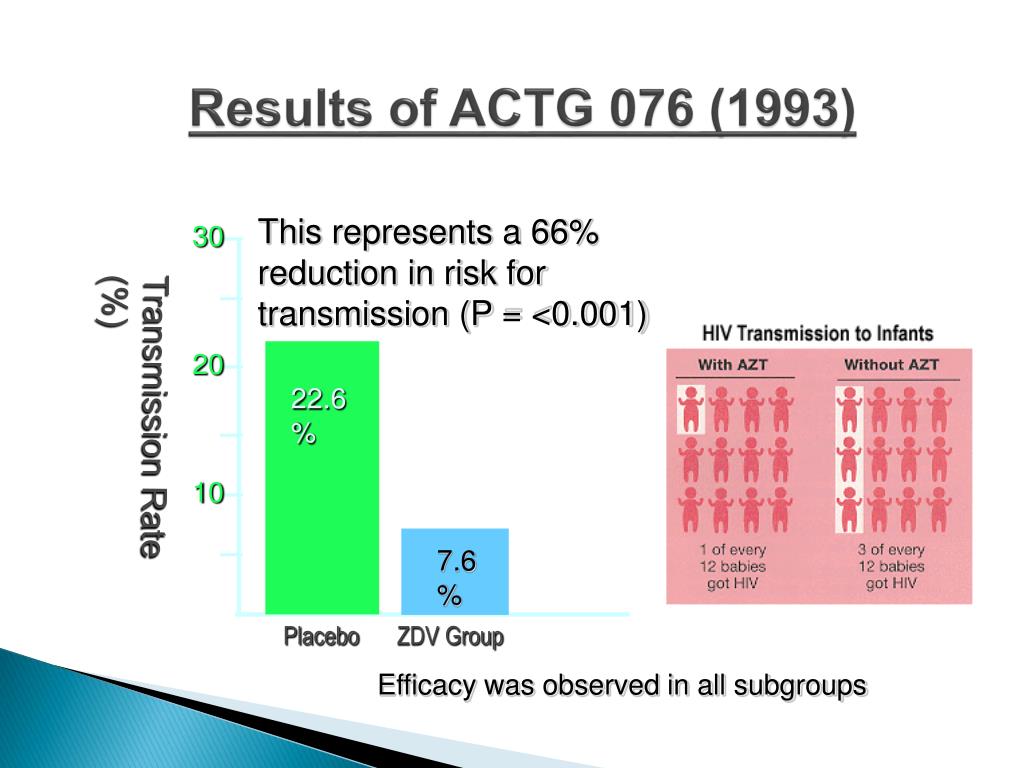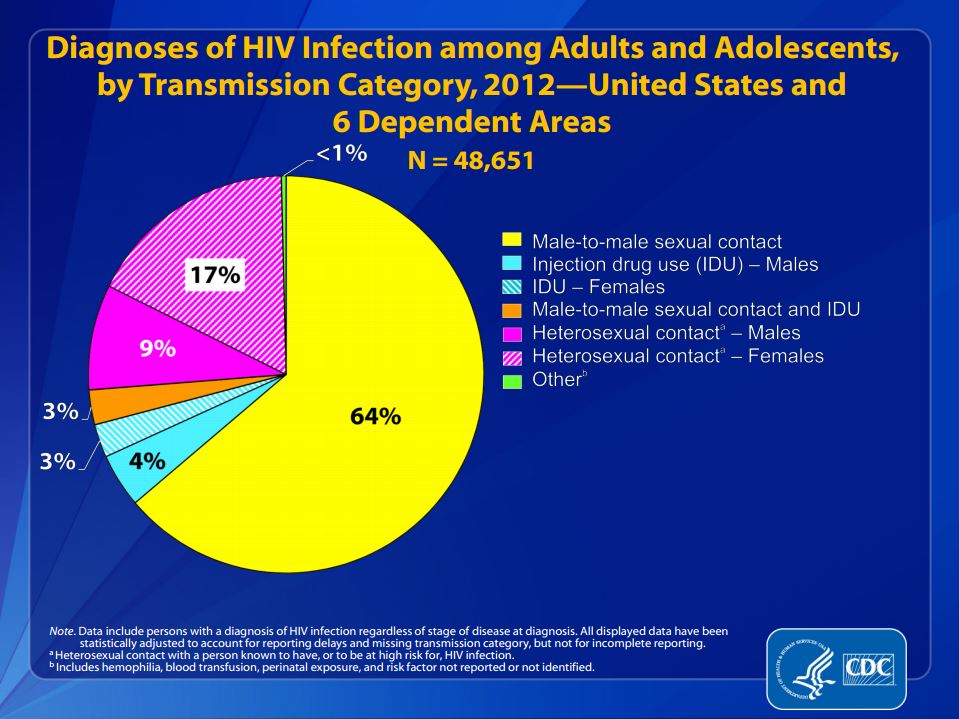

Accessed January 18, 2022.Appendix 1 includes the grading scheme and criteria for inclusion of citations and specific considerations for use of the scheme for Information for Providers To Share with Male Patients and Parents Regarding Male Circumcision and the Prevention of HIV infection, STIs, and other Health OutcomesĪppendix 2 includes a list of key statements in Information for Providers To Share with Male Patients and Parents Regarding Male Circumcision and the Prevention of HIV infection, STIs, and other Health Outcomes and the consensus grade applied to the citation supporting that statement. health care workers between 1981 and December 2006. The CDC has reported 57 documented cases and 140 possible cases of HIV transmission to U.S. A recent review of many studies, including these, reported a combined HIV transmission risk estimate, across populations, while the HIV-positive person was. The Centers for Disease Control and Prevention (CDC) recommends opt-out HIV screening for patients in all healthcare settings persons at high risk for HIV. Estimated HIV incidence and prevalence in. Diagnoses were made during September 1992-June 2003 for 47 (53) inmates and during July 2003-February 2005 for 41 (47). Risk of injury and transmission The estimated risk of HIV infection from a sharps injury is about 0.3 percent (1 in 300). Diagnoses of HIV infection in the United States and dependent areas, 2020. population, they represent 69 of all new infections and 55 of Americans living with HIV. Women reporting heterosexual contact accounted for. While MSM accounts for only 2 of the U.S. Fifty-nine (67) were black, and 29 (33) were white. HIV Incidence Men reporting heterosexual contact accounted for 6 (2,000) of estimated new HIV infections. Sexually transmitted disease surveillance, 2019. Of these 88 inmates, the median age at time of HIV diagnosis was 32 years (range: 21-58 years). HIV can survive in a used syringe for up to 42 days, depending on temperature and other. This is because the needles, syringes, or other injection equipment may have blood in them, and blood can carry HIV. Recent US Centers for Disease Control and Prevention activities to reduce HIV stigma. The risk for getting or transmitting HIV is very high if an HIV-negative person uses injection equipment that someone with HIV has used. Also included are the latest estimates for several indicators of progress in HIV prevention and treatment. Beer L, McCree DH, Jeffries WL 4th, Lemons A, Sionean C. This fact sheet includes CDC’s latest national estimates of new HIV infections (HIV incidence) and the total number of people estimated to have HIV (HIV prevalence) in the United States.How perceived structural racism and discrimination and medical mistrust in the health system influences participation in HIV health services for Black women living in the United States South: a qualitative, descriptive study. Randolph SD, Golin C, Welgus H, Lightfoot AF, Harding CJ, Riggins LF.HIV Surveillance Supplemental Report 2021 26(2).

b From 2017 to 2021, HIV diagnoses decreased 7 overall in the US and dependent areas. Monitoring selected national HIV prevention and care objectives by using HIV surveillance data-United States and 6 dependent areas, 2019. Espaol (Spanish) Print In 2021, 36,136 people a received an HIV diagnosis in the United States (US) and dependent areas. HIV Surveillance Supplemental Report 2021 26(1). Estimated HIV incidence and prevalence in the United States, 2015–2019. CDC Diagnoses of HIV infection in the United States and dependent areas, 2019.


 0 kommentar(er)
0 kommentar(er)
